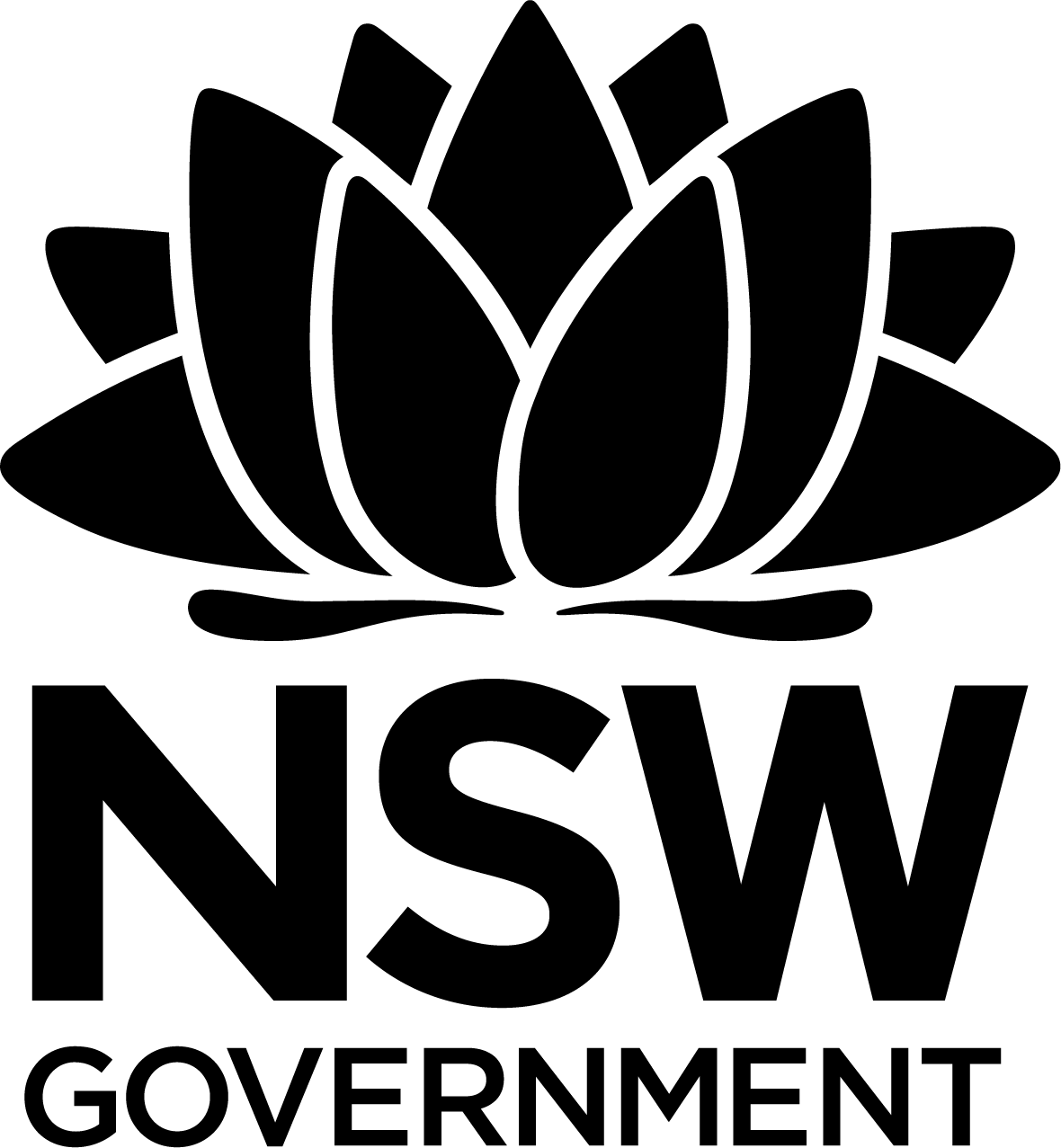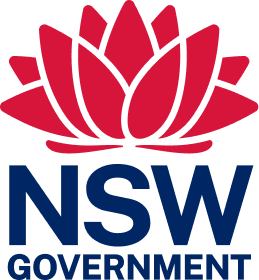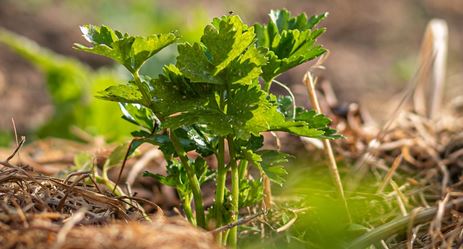
Crown land manager resource
Volunteers
Many Crown land managers (CLMs) operate with the assistance of volunteers. Volunteers provide a range of support services and often have a personal interest in Crown reserves. For example, volunteers may be members of a showground society, club members using the reserve for meetings of a local Landcare group.
Volunteers can help with tasks such as:
- maintenance including gardening, minor repairs, painting, removing noxious weeds and feral animals
- fundraising including running stalls, photocopying, letter box drops
- administration including answering phones, preparing financial statements, developing promotional material
- visitor management including providing information services and guided tours, and selling entry tickets.
Attracting volunteers
To attract the services of volunteers, consider the following:
- Targeting groups that are regular users of the reserve can be an effective way of gaining additional volunteer support. You might also be able to access local groups such as Rotary, Lions Club, Scouts or Girl Guides to undertake specific initiatives, such as fixing a fence or tree-planting
- Volunteering Australia has established a volunteer recruitment website at Go Volunteer that provides free internet advertising for not-for-profit community organisations looking for volunteers.
- To attract as many volunteers as possible, the work descriptions should cover a range of experience levels, and a range of levels of commitment (i.e. the number of hours the role will require). It is a good idea to develop several tasks that require a short concentrated effort, and a smaller number of roles that require greater commitment.
- Generally, when someone volunteers, they want to be involved in something straight away. So it’s a good idea to have some appropriate volunteer tasks available, as the longer they have to wait, the more likely they are to lose interest.
- If specific skills are needed for a volunteer task, try to identify groups within the local community that might have that expertise. Potential target groups might be industry associations, local business people, or particular university or TAFE courses.
- Many volunteers initially volunteer because they are asked by a friend. Use your current volunteers and employees to build your number of volunteers.
Where practical, a work description should be developed for volunteer roles. As with a job description for a paid employee, a work description outlines any special skills or experience required, and the amount of time required of the volunteer. Similar techniques that are used to recruit paid employees (such as behaviour-based interview questions) can be used to appoint volunteers.
Where possible, volunteers’ preferences regarding the type of work they do should be accommodated. This is likely to generate greater commitment from the volunteer, and reduce risks associated with carrying out unfamiliar tasks.
Recognising and retaining volunteers
An important part of managing and retaining volunteers is providing recognition for their efforts. There are a number of cost-effective ways to do this, such as:
- arranging social events for the volunteers when a project is finished
- making an announcement at group meetings to thank volunteers for their effort and, if appropriate, identifying individuals who have made an exceptional contribution
- providing training opportunities for volunteers to develop their skills
- recognising their expertise by allowing them to take a greater role in decision-making within the reserve
- ensuring they are given regular feedback about their performance
- marking the anniversary of volunteers beginning work at the reserve
- continually acknowledging individual volunteers by saying ‘thank you’.
Financial considerations
CLMs should confirm with the volunteers, before the volunteer work begins, what they expect regarding reimbursement.
Similar to volunteer CLM board members, volunteers are not paid and generally don’t receive any financial incentives or rewards for the work they do. However expenses related to the work carried out for the reserve can be reimbursed.
Any costs should be assessed as reasonable, acceptable, necessary, incurred for the general purposes of the Crown reserve and consistent with the CLM’s finance policies for out-of-pocket expenses. This could include travel costs, and payments for goods or materials (such as building materials, protective clothing or tools).
Volunteers should be required to provide a receipt before any reimbursement is made.
Note that any regular payments or allowances paid to volunteers may indicate that the volunteer is in fact an employee, which could have taxation implications.
More on volunteers
Information on attracting and managing volunteers can be found on the NSW Government’s Community Development website.
This Crown land manager web resource was printed on 27 Jul 2024. The information contained in this web resource is based on knowledge and understanding at the time of writing Jul 2024. However, because of advances in knowledge, users are reminded of the need to ensure that the information upon which they rely is up to date and to check the currency of the information by referring to the website (www.reservemanager.nsw.gov.au).
© State of New South Wales through Department of Planning, Industry & Environment 2024.
Page link: https://reservemanager.crownland.nsw.gov.au/administration/managing-people/volunteers


